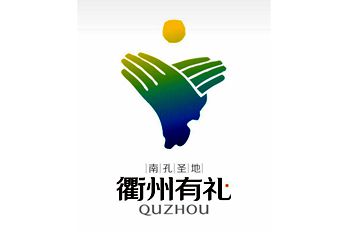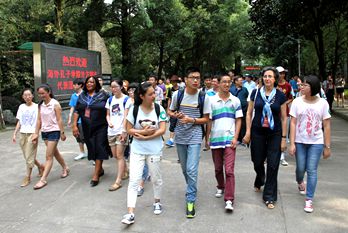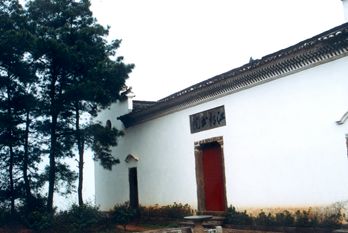Planners pin high hopes on Yiwu-Ningbo-Zhoushan corridor
The Zhejiang Development and Reform Commission held a news conference on June 9 – in Hangzhou city, capital of East China's Zhejiang province – on its development program for the Yiwu-Ningbo-Zhoushan corridor during the 14th Five-Year Plan period (2021-25).
Under the program, the city clusters respectively centered on Ningbo-Zhoushan and Jinhua-Yiwu will become dual hubs for the Yiwu-Ningbo-Zhoushan corridor.
The authorities focused on the development of Shaoxing – which lies between the clusters – as well as the corridor's westernmost city of Quzhou, which provides a pivotal location at the intersection of the four provinces of Zhejiang, Fujian, Jiangxi and Anhui.
The corridor is expected to benefit from the ongoing construction of the 21st Century Maritime Silk Road and the Yangtze River Economic Belt – two national-level development strategies being rolled out in the corridor's surrounding regions.
Zhejiang authorities also announced the development goals the corridor would strive to achieve by 2025. The goals span seven areas: the economy, transportation, logistics, trade, e-commerce, manufacturing and the environment.
The Ningbo-Zhoushan Port is expected to be ranked among the world's top eight ports in the Xinhua-Baltic International Shipping Center Development Index, while Jinhua-Yiwu Port is set to become the largest international land port in the Yangtze River Delta region.
The corridor will reportedly account for more than 60 percent of the province's foreign trade volume during the period.
At the same time, annual sales in the Yiwu market for small commodities – both online and offline – are expected to hit an average of 700 billion yuan ($109.5 billion). In addition, exports made through cross-border online retailers based in the corridor are expected to make up more than 60 percent of the province's annual total.
Located in western Zhejiang province, in the upper reaches of the Qiantang River, Quzhou has long been known as a pivotal commercial thoroughfare between the four provinces of Zhejiang, Fujian, Jiangxi and Anhui.
Improvements to the Qujiang River, currently taking place, are expected to see the waterway become navigable by 1,000-ton ships in 2028.
In terms of air transport, the current cargo throughput of Quzhou Airport is 101,000 tons per year and plans are to transform it into an aviation hub for the four provinces.
In terms of land-sea transport, the Quzhou multimodal transport hub port is currently under construction and the second phase of the Qujiang Port area has been put into operation. To date, the annual freight throughput of Quzhou Port has reached 3.2 million tons.
Zhejiang authorities told the news conference that they hope to turn the corridor into an economic powerhouse and a success case for the country's dual-circulation development pattern.

 City brand logo - fist-and-palm salute
City brand logo - fist-and-palm salute Confucianism on campus
Confucianism on campus The culture of the academy
The culture of the academy